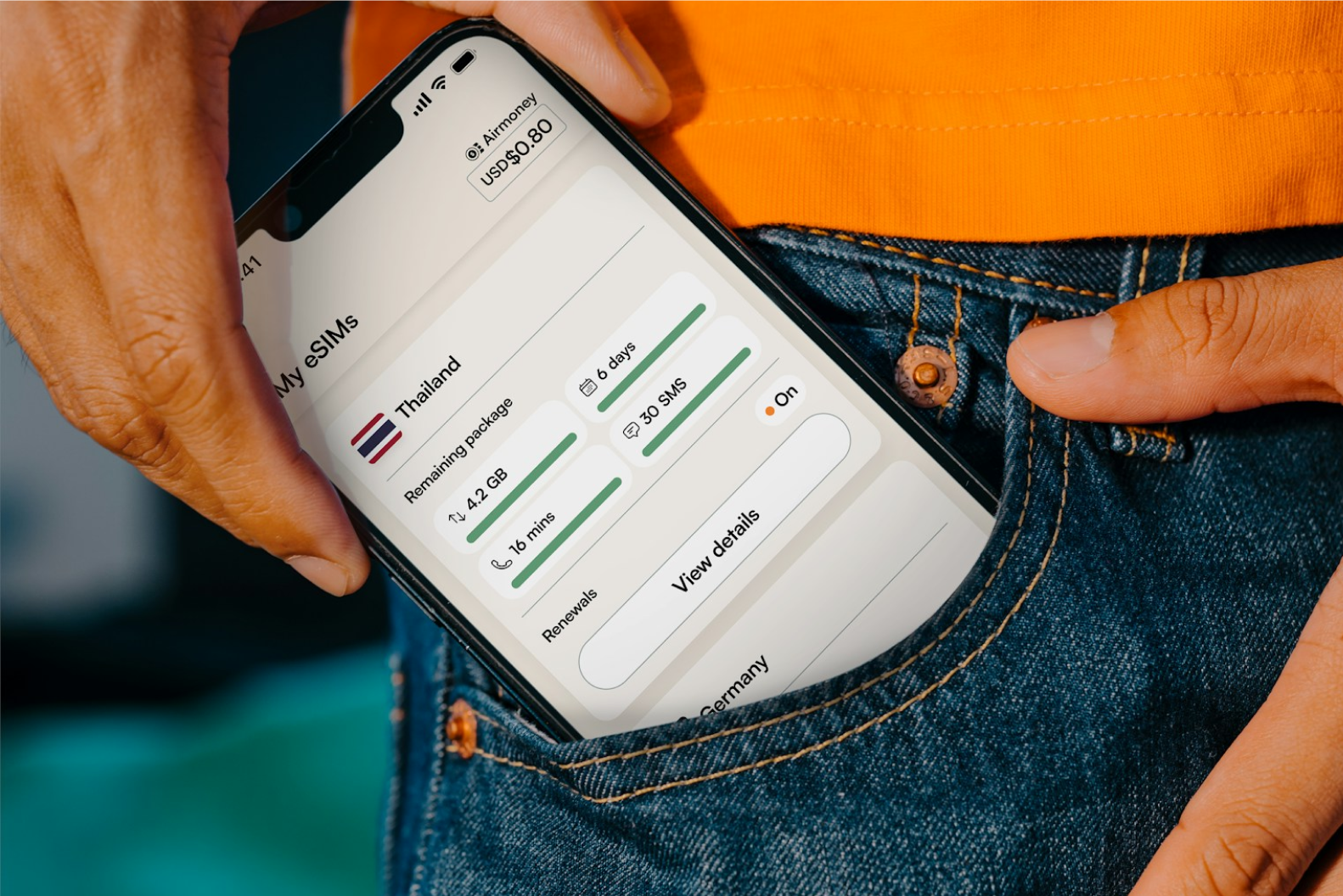Dual SIM – First published March 2021
Having two SIM cards in a single cell phone is not new. What has appeared over the past year or so is commercially available devices that have two SIM cards where both are able to receive phone calls at any one time.
The historic implementation of Dual SIM was that the user would need to manually select which SIM card they wanted to use. What is now possible is for both SIM cards to be in standby at the same time.
The two Sim cards can be either Electronic/Embedded SIM (eSIM) or physical SIM card. The functionality is the same. Each Sim card would provide service from a different service provider and each would have different phone number. The new Dual SIM capability enables a user to receive phone calls on either phone number. If the user is in a call on one phone number then a call to the other phone number would be diverted to voicemail or an unavailable announcement.
The important aspect of Dual Sim is that only one SIM can be active on a voice call at a time. This is technically known as Dual SIM Dual Standby (DSDS), or Dual SIM Standby. Unfortunately some organisations are referring to this new development as Dual SIM Active. The SIM’s are active in the sense they are both registered on independent networks but technically they are in a standby mode on the networks and the connection becomes active when they are in a voice call or using a data session.
The new ability of Dual Sim works by registering each SIM on a preferred radio network and then sitting in standby/idle mode. Whilst in idle mode each SIM wakeups up periodically to check for any incoming call/text. The SIM cards wakeup at different times so they don’t interfere with each other. Because the device is waking up twice as often, once per SIM card, there is a battery impact to standby life.
For Voice Calls
If an inbound voice call is detected by one of the SIMs then the device/SIM moves from Idle to Active on the respective radio network. At this time the device is no longer able to “wakeup” the to check for any incoming calls on the other SIM and therefore if an incoming call arrives the SIM/device does not detect this. Incoming calls for the second SIM get diverted at the network level to either voicemail or an announcement. Because the SIM/Device did not acknowledge the second incoming call request the network assumes the SIM/Device is either out of coverage or turned off.
For Text Messaging
Test messaging aka SMS (that’s the green messages not the blue one’s for you iPhone users) works slightly differently. The new Dual SIM allows incoming text messages for either phone number (SIM) irrespective of any active voice calls. At the moment it does not look like you can send a Text message from a phone number if you are on a voice call on the other phone number but you can send a text message from the same phone number as an active voice call.
For Internet Data
At the moment it looks like if you are using data on one SIM then you can receive a voice call (or Text) on the other SIM (phone number). The original data session will stop for the duration of the voice call. Two active data sessions, one for each SIM is not currently possible.
If you are using data and a voice call comes in on the same SIM then your data can continue just like the behaviour of a single SIM device.
A device cannot use one SIM card for some data applications and another for other data applications. Like Voice only one Data connection can be active at any one time.
For all outgoing Voice, SMS and Data applications, provided there is not already an active call, the user can select which SIM/network is used for the communication.
Each of the SIM cards can be registered on different network, different cell towers, difference spectrum bands and different technologies (2G, 3G, 4G or 5G).
Samsung refer to this this capability as Dual SIM Hybrid
https://www.samsung.com/au/smartphones/dual-sim-hybrid/
Apple have provided considerable detail on the user options for managing dual sim.
What’s important to know about Dual SIM Dual Standby is that currently;
Both SIM cards can be registered on different networks at the same time
Each Sim has its own phone number
The two SIM s cannot have the same phone number
The device will monitor each network connection independently
The device wakes up to monitor each of the two radio networks at different times
One Sim can be an eSIM
SIM and eSIM operate in the same way for Dual SIM
Only one voice call can be active at a time
Only one Data connection can be active at a time
Text messages (SMS) can be received from both networks while in an active voice call
Text messages (SMS) can only be sent whilst both SIM are idle or on the same network as with the active voice call
Both SIM’s can be in standby mode waiting to receive a voice call but only one SIM can be in an active voice call
Voice calls on 3G and 4G(VoLTE) are treated the same way even though VoLTE uses a data connection.


